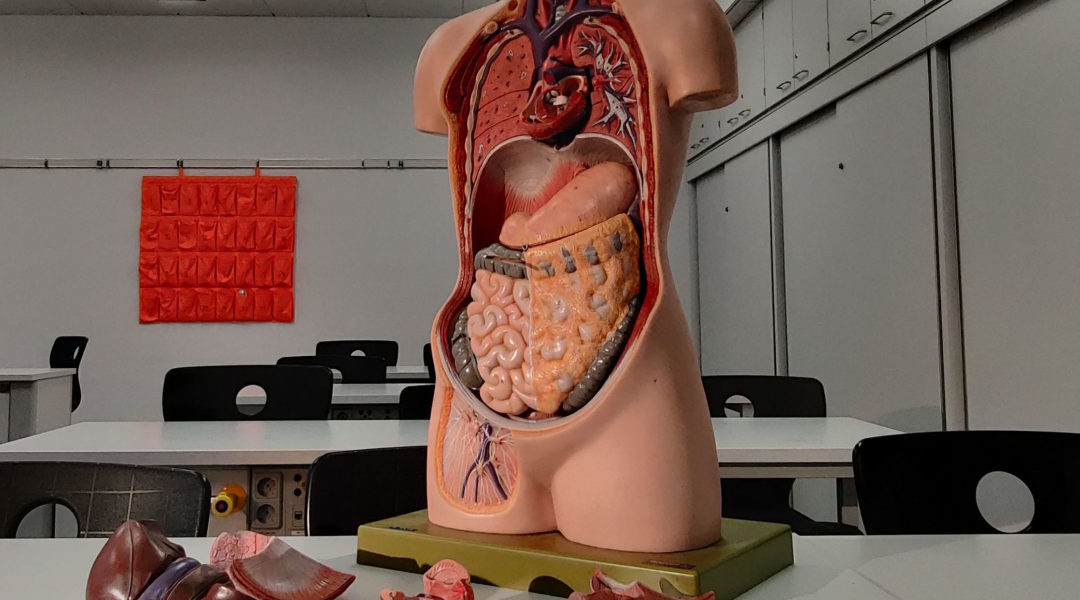The human body has a tremendous capacity to heal. Even someone who sustains a huge laceration on the skin could potentially heal without having a scar. At the same time, there are also situations where organ damage can be so significant that it is difficult for someone to make a full recovery. This has been a very active area of research during the past few years, and scientists collaborating in multiple locations across the world may have discovered a way to rejuvenate damaged human organs.
The researchers focused on human skin. It is ideally suited to be a model of preclinical aging, but it has not been used as an aging mechanism very often. Now, the researchers believe that it could play a critical role because aging is immediately visible on the surface of the skin. This makes it easy to tell the difference between old tissue and young tissue.
In the research study, the team demonstrated success in taking human skin and grafting it onto young mice. The researchers wanted to see if the experiments, and their success, extended underneath the epidermis. They use a vascular endothelial growth factor to encourage rejuvenation of the skin. Then, they took old human skin and grafted it onto young mice. In the second experiment, they showed that it was possible to rejuvenate the human epidermis. The researchers observed that increased color and blood vessel growth, important signs of aging, were increased when they took old skin and grafted it onto young mice, showing that the tissue was healing.
As a result, the researchers believe that vascular endothelial growth factor is required for rejuvenating human skin and organs. Furthermore, the researchers believe that this molecule can play a critical role in the regeneration of human organs as well, but this remains to be proven.
This research study could be the first step in figuring out how to help people recover from organ damage. This is still something that has to be explored further, but it is clear that studies in mice have shown interesting results. For countless people who suffer serious, traumatic damage every year, it provides a window of hope into the future. Future studies may replicate this experiment in other animals.


Recent Comments